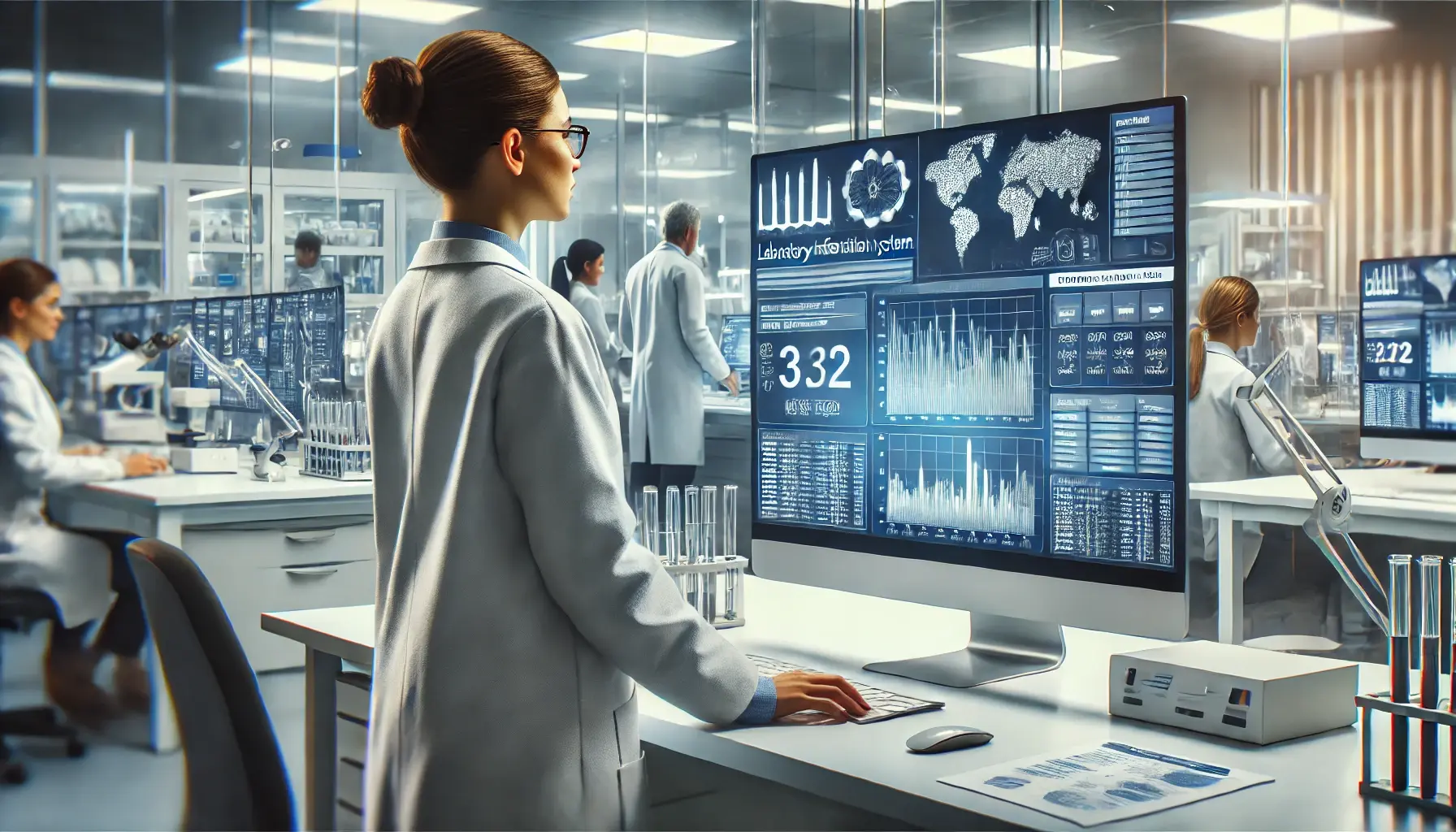Industry Insights
Business Success Through Advanced Laboratory Information System Technology: Connecting All The Pieces
March 19, 2024
In serving physicians and their patients, laboratories provide the preponderance of clinical information used for diagnostic and therapeutic medical decisions. Characteristically, emphasis is placed on quality assurance, rapid turnaround, and responsive client services. Doing quality work on time is necessary but not sufficient for success in today’s healthcare environment. Laboratories must also pay close heed to the financial parameters of their business. Laboratory operational and financial managers must not only be aware of the current revenue and cost profiles but must also be able to project the impact of changes in the marketplace, regulations, legislation, and client utilization that will affect the business aspects of their laboratory.
Establishing and maintaining a successful laboratory business whether hospital-based or as an independent laboratory is a difficult undertaking. Assuring profitability and increasing revenues in a competitive, price-sensitive, and regulated market is a significant challenge to laboratory administrators. To increase revenues, hopefully, on a profitable basis, many laboratories have established an outreach testing business component.
Via an outreach program, laboratory services are provided to other healthcare facilities, physicians' offices, nursing homes, assisted living facilities, managed care organizations, and, more recently, directly to the patient via direct-to-consumer lab testing. Although the total volume of outreach business has increased in recent years, the realized value of outreach on a per-test basis has decreased due to the impact of CLIA and other regulatory requirements, prospective payment, and convoluted/complex reimbursement rules.

Laboratory information systems (also known as LIS systems or pathology lab software systems) have achieved significant improvements in quality assurance monitoring, automated result acquisition, interoperability with automated robotics, lab workflow simplification, and result/report distribution. The modern lab information system has helped increase productivity and reduce operational costs. However, from a business and financial orientation, today many LIS systems contribute relatively little to the task of guiding an enterprise through the turbulent waters of today’s highly competitive, cost and profit-sensitive environment. It has been said that “If you cannot measure something, you have very little knowledge about it.” The same can be said for many laboratory businesses today.
Today most laboratories gain the necessary financial management data from an assemblage of multiple, disjointed laboratory software systems. This is often a lot of work, with multiple reentry or transcription of data and/or interfaces for data assimilation among disparate information systems. Doing this with many existing LIS can be difficult. Consequently, most laboratory administrators must “cobble” together a “system of contraptions” by creating interfaces (electronic or manual data entry) between PC tools, business subsystems, and the LIS system to obtain, monitor, and interpret important business parameters. Although no system is a substitute for sound management, appropriate and comprehensive business-focused lab information systems can help lab managers in many useful ways.
Information collection and data management tools are now available to allow laboratory managers to have their fingers on the pulse of their business operations. The key for such tools is to:
- Collect accurate and comprehensive data about current operations
- Include laboratory billing, reimbursement, and revenue capture
- Provide dynamic, interactive notification of significant changes in financial characteristics
- Provide concise and “to-the-point” reports that highlight the important information that requires management attention
So what’s the solution?
What is needed is the evolution of the LIS system from an operational support entity to an enterprise-oriented one. An entity that features an integrated combination of lab information system functionality and laboratory billing capabilities. This integrated LIS model with laboratory billing solutions would perform all of the characteristic LIS system operational functionality and would also add utilization and reimbursement statistics, streamlined lab revenue cycle management (lab RCM) workflow, and revenue capture.
The effective and efficient use of such an integrated LIS system-laboratory billing system would contribute in several ways:
- Tracking utilization by test count and by actual revenue
- Validating reimbursement codes against tests ordered
- Determining billed/received dollars by the payer
- Determining percent reimbursement by the client, by CPT code, and by the payer
- Determining the gross/net revenue obtained per requisition/reportable result/billable test
- Determining the disallowance rate
- Determining the payer mix by client
- Determining denials by the client
In short, such an all-in-one LIS system that includes billing software for labs could provide easy access to critical information that your laboratory enterprise needs to understand its financial performance and complement the “classical” LIS system functions with business management functionality.

In Summary
Users of most leading laboratory information systems have achieved improvements in lab workflow productivity and quality management. The advanced LIS system capabilities for test order validation relative to diagnostic codes, ABN generation as rules indicate, reduction of misidentification or mislabeling errors, collection through storage sample tracking, access for orders, and result inquiry via the internet and other operational advancements have made these improvements possible.
Many testimonials from various laboratories using the best LIS available can attest to this fact. Still, many LIS systems deal only with operational issues and not financial and enterprise management requirements. This is a gap that is preventing labs from achieving the maximum benefit from a business perspective and gaining the competitive edge needed to increase market share, grow revenues, and assure greater profitability.
Utilizing an integrated LIS-RCM encompassing modern LIS system functionality plus tightly coupled or integrated lab billing and managerial applications can help your laboratory become “the best that it can be.”
Dennis Winsten is president of Dennis Winsten & Associates, a healthcare systems consulting firm with headquarters in Tucson, Arizona ( www.dwinsten.com).






